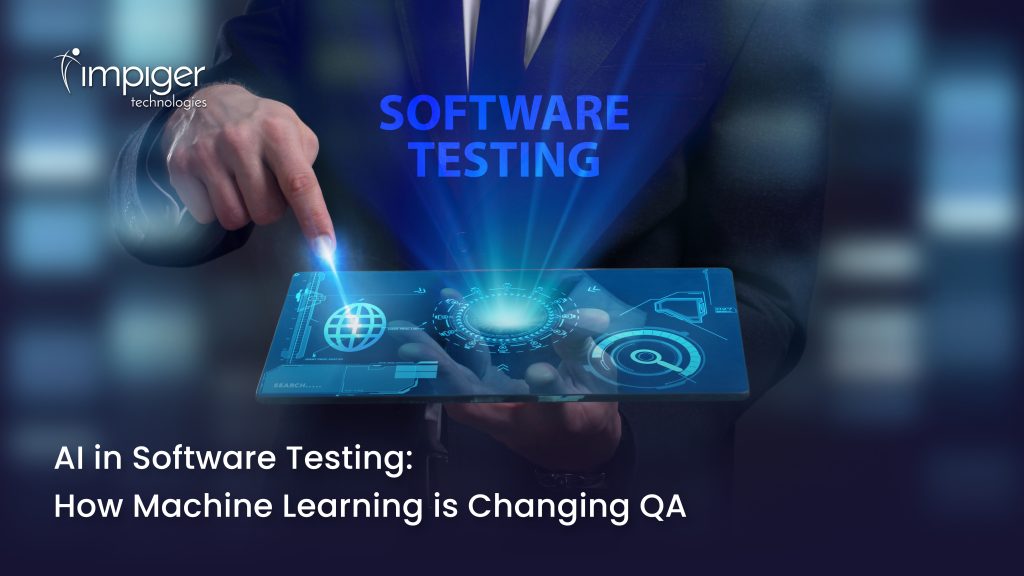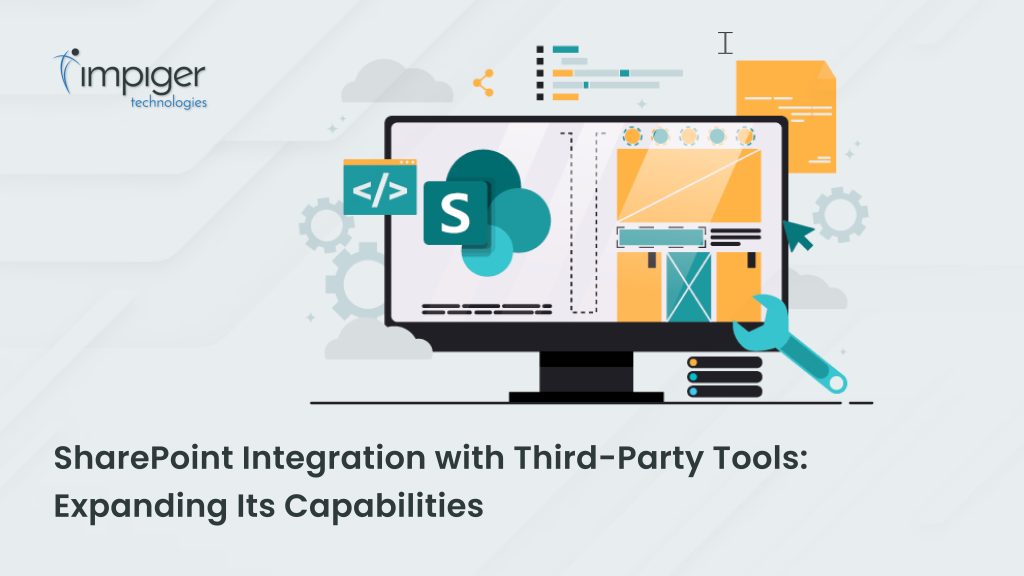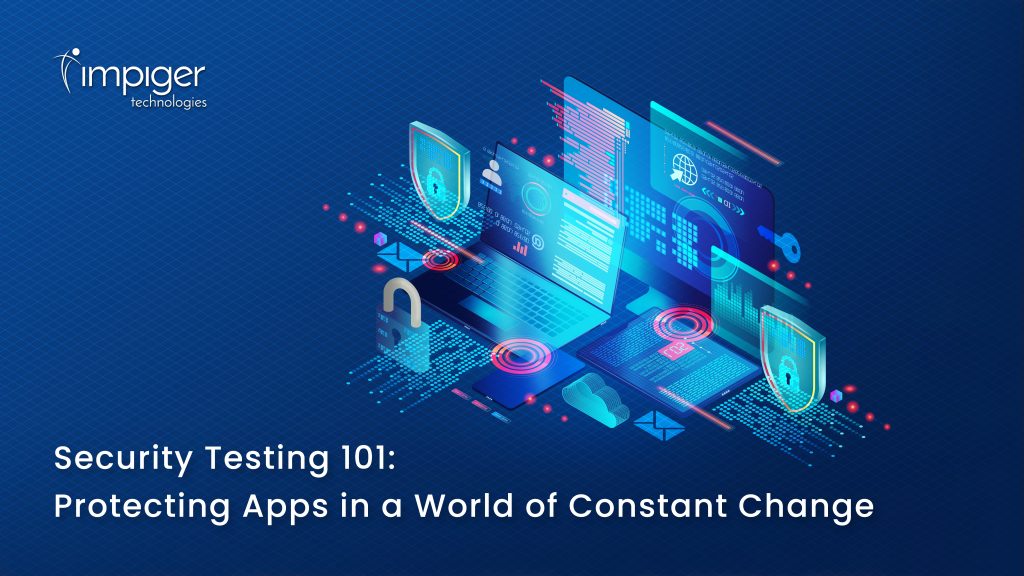Introduction
In today’s era of digital transformation, safeguarding your organization’s digital assets is paramount. As technology evolves, so do cyber threats, making it essential to adopt a proactive and strategic approach to cybersecurity. In this blog post, we’ll delve into practical strategies for protecting your digital assets by leveraging cutting-edge tools available in the market. We’ll also explore real-world use cases to illustrate how these tools can be effectively applied in the context of digital transformation.
1. Utilizing Advanced Threat Detection and Prevention Tools
Tool: Next-generation firewalls, Intrusion Detection Systems (IDS), and Intrusion Prevention Systems (IPS).
Use Case: Implementing a next-generation firewall equipped with advanced threat detection capabilities to monitor network traffic in real-time. This tool can identify and block malicious activities such as malware infiltration, DDoS attacks, and unauthorized access attempts, thereby safeguarding your organization’s network infrastructure.
2. Adopting Endpoint Security Solutions
Tool: Endpoint protection platforms, Endpoint Detection and Response (EDR) systems.
Use Case: Deploying endpoint security solutions across all devices within your organization’s network to detect and mitigate threats at the endpoint level. For example, an EDR system can detect anomalous behavior indicative of a potential cyberattack, such as file encryption by ransomware, and automatically trigger response actions to contain the threat and prevent data loss.
3. Implementing Identity and Access Management (IAM) Solutions
Tool: Single Sign-On (SSO), Multi-Factor Authentication (MFA), Privileged Access Management (PAM).
Use Case: Utilizing Single Sign-On (SSO) technology to streamline access to multiple applications and platforms while enforcing strong authentication measures such as Multi-Factor Authentication (MFA). Additionally, implementing Privileged Access Management (PAM) solutions ensures that only authorized users have elevated access privileges, reducing the risk of insider threats and unauthorized access to sensitive data.
4. Embracing Security Orchestration, Automation, and Response (SOAR)
Tool: SOAR platforms, Security Information and Event Management (SIEM) systems.
Use Case: Integrating Security Orchestration, Automation, and Response (SOAR) platforms with SIEM systems to streamline incident response workflows and automate repetitive security tasks. For example, a SOAR platform can automatically correlate security alerts from various sources, investigate potential threats, and orchestrate response actions such as isolating compromised endpoints or blocking malicious IP addresses, thereby accelerating incident response and minimizing dwell time.
Final Thoughts
In the age of digital transformation, cybersecurity must be approached strategically, leveraging advanced tools and technologies to protect against evolving cyber threats. By implementing a comprehensive cybersecurity toolkit encompassing advanced threat detection, endpoint security, identity and access management, and security orchestration, automation, and response, organizations can fortify their defenses and safeguard their digital assets effectively. Real-world use cases demonstrate the practical application of these tools in mitigating cyber risks and ensuring business continuity in an increasingly digital world. Embrace the power of technology to bolster your cybersecurity posture and navigate the complexities of digital transformation with confidence and resilience.
Blog Reviewed by Kumaresan Selvaraj











